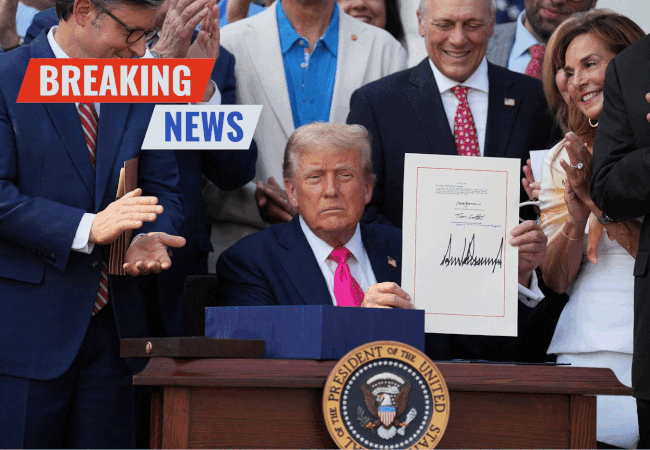One obvious similarity between them is that both began with Jews transgressing (in Purim; attending the feast of the king and bowing to Haman) and another is that in both G-d forgave the Jews due to the leader of their generation; first through Moses and then through Mordechi.
Why did they need these leaders?
Why couldn't they just have repented on their own?
The Weekly Sedra – Ki Tisa
This week’s section, which contains the story of the sin of the Golden Calf (Egel shel Zahav), coincides with the holiday of Purim.
One obvious similarity between them is that both began with Jews transgressing (in Purim; attending the feast of the king and bowing to Haman) and another is that in both G-d forgave the Jews due to the leader of their generation; first through Moses and then through Mordechi.
Why did they need these leaders?
Why couldn’t they just have repented on their own?
Also in our section we see a strange sentence; after forgiving the Jewish people for the Egel G-d tells Moses,
“Behold, I am making a covenant: Before your people I will make miracles that never have been created in the entire world so all the nations and all the people will see the work of G-d that He is awesome etc. (34:10).
But strangely we do not see that any major or unusual miracles occurred afterward!
In fact Rashi (the main elucidator of the Torah) explains there that the word ‘miracles’ (Nifla’ot) also means to be exalted and separated. In other words G-d was telling the Jews that He was raising them above the other nations.
What exactly does this mean? And why did G-d wait till after the sin of the Golden Calf to do it?
Similarly the Talmud tells us that Purim is the highest of all the holidays: even higher than Yom KiPurim (Which is only ‘Ki’ i.e. ‘something like’ Purim)! Does this make sense?
To understand this here are two stories.













